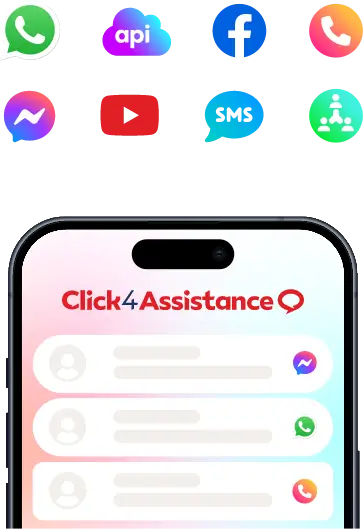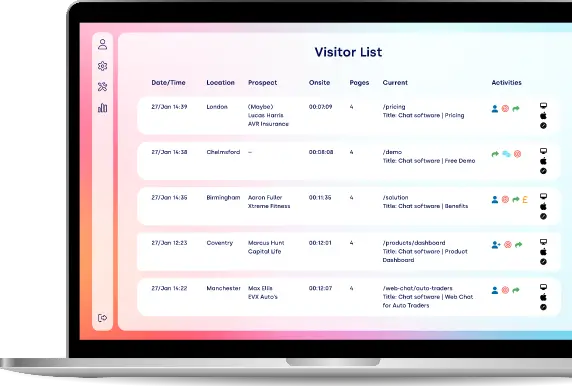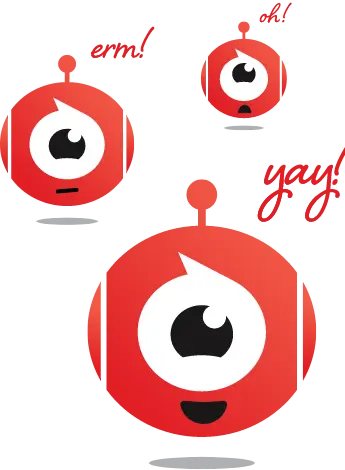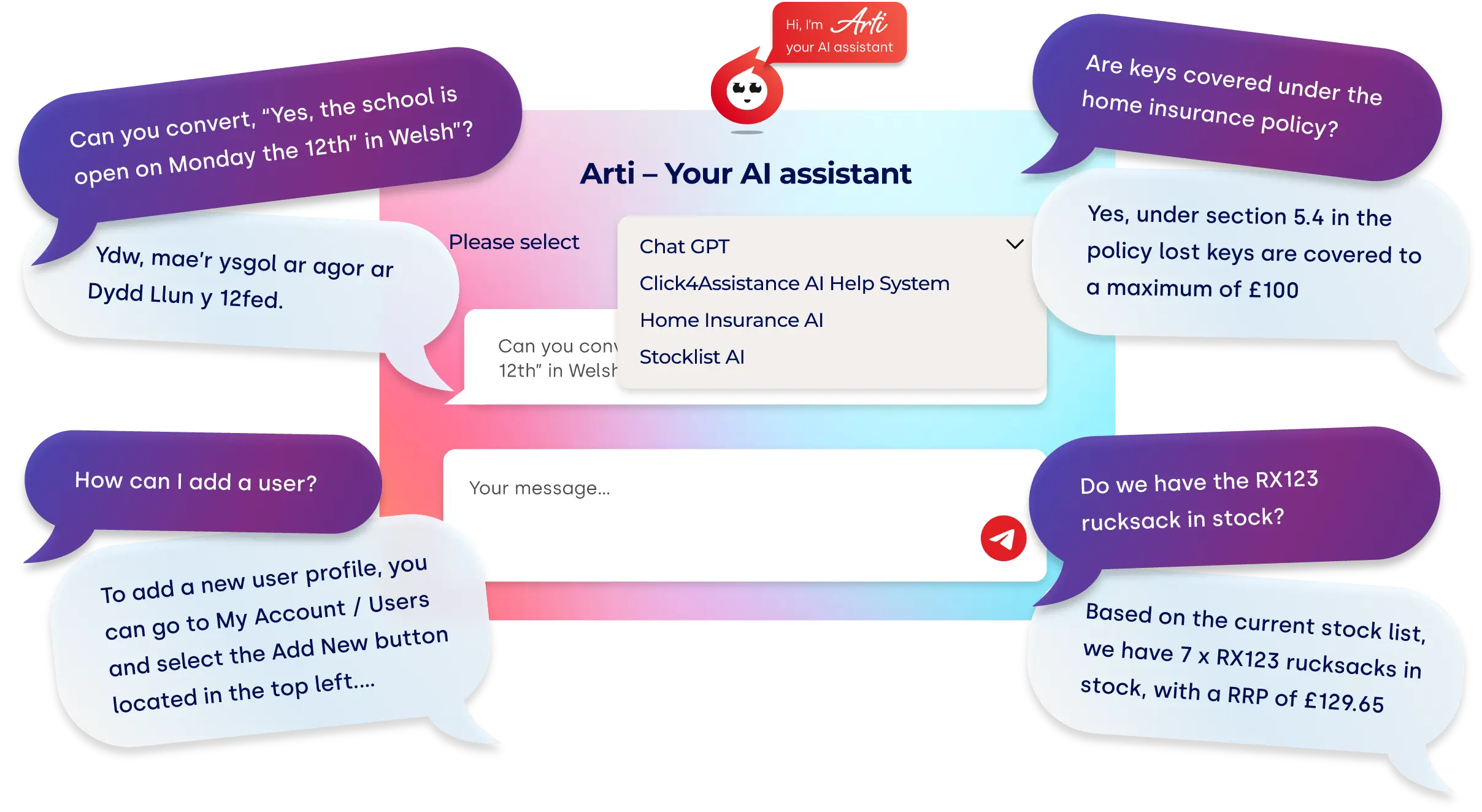
Build a Chatbot: Your Ultimate Guide to AI-Powered
Customer Engagement in 2025 [No Coding Required]
In today’s digital-first world, customer expectations are higher than ever. They want instant responses, seamless support, and personalized service—24/7. This is why businesses across every industry are now investing in chatbot technology. Whether it’s streamlining lead generation, handling FAQs, or integrating AI into support systems, the need to build a chatbot has moved from “nice-to-have” to “must-have.”
This guide walks you through everything you need to know to build a chatbot—from the basics of rule-based bots like CONI, to advanced AI-powered assistants like Arti, and even how to train ChatGPT for your business. Whether you're just exploring or preparing to launch, you’ll find actionable tips, examples, and guidance to help you succeed.
An introduction to building a chatbot in the era of AI agents
We’re in the age of AI, and its impact is profound. From self-driving cars to predictive healthcare, artificial intelligence is transforming how businesses operate—and nowhere is this more visible than in customer service. Today, AI agents and chatbots can converse with customers naturally, automate complex workflows, and provide support at scale. And the good news? You no longer need to be a developer to build a chatbot that works effectively.
Platforms like Click4Assistance have democratized chatbot creation, making it accessible for marketing teams, sales reps, and support leaders. Whether you opt for a basic rule-based interface or a full-scale NLP-driven solution, AI technology now empowers any business to automate engagement and scale operations efficiently.
The evolution of chatbots for website
Chatbots have come a long way since their inception. Early chatbots were rule-based systems that followed predefined scripts, offering limited interaction. Over time, advancements in natural language processing (NLP) and machine learning have led to the development of more sophisticated chatbots capable of understanding and responding to a wider array of user inputs.
Today, businesses have the option to choose between rule-based chatbots and AI-powered chatbots, depending on their specific needs and resources. Rule-based chatbots are ideal for handling structured tasks and frequently asked questions, while AI chatbots can engage in more dynamic conversations and adapt to a variety of user inputs.
From Scripts to Intelligence
When chatbots first emerged in the 1960s, they were simple rule-based programs like ELIZA, following strict scripts with limited interactivity. For years, businesses relied on similar rigid systems to route inquiries or gather contact info. But with the rise of cloud computing and advances in AI, the game changed.
Modern chatbots now use machine learning and natural language processing to simulate real conversations. They learn from every interaction, adapt to user behaviour, and can even infer intent. In the business world, predictive, prescriptive, and generative AI are reshaping the landscape.
Why This Matters for Your Website
For a business website, the evolution from scripted bots to intelligent agents is monumental. Legacy systems couldn’t handle diverse inputs—today’s chatbots, like Click4Assistance’s Arti, can understand, predict, and personalize each visitor’s experience.
Whether you’re managing a healthcare site, an educational portal, or an e-commerce store, having a sophisticated chatbot is key to creating engagement that feels human, fast, and helpful.
What is the difference between rule-based (CONI) and NLP (Arti) chatbots?
Understanding the distinction between rule-based and AI-powered chatbots is crucial when deciding which solution best fits your business needs.
Rule-Based Chatbot (CONI)
Rule-based chatbots collect information in a structured manner. It presents users with predefined questions and options, guiding them through a specific flow. This approach is effective for tasks like lead generation, appointment scheduling, and handling common inquiries.
What is a rule-based chatbot best suited for?
- Collecting lead details - streamlines lead generation by collecting crucial details such as names and email addresses. These details are instantly sent to your team or transferred during human conversation.
- Booking appointments - help patients book appointments, see test results, or order their prescriptions. From triaging enquiries to streamlining bookings, it can ultimately reduce patient wait times while simultaneously putting reduced stress on human receptionists. Therefore, on-site patients get a better experience too.
- Answering predictable FAQs - use a flowchart of predetermined questions and answers to guide users to the answer they seek. For example, the first question may ask “What is the query about?” before giving various options like “There is a problem with my order” or “I’m having technical difficulties”.
- Routing queries to the right department - triage enquiries, and when required escalate to single or multiple departments to ensure chats are routed efficiently and human agents achieve first contact resolution.
What are the advantages of a rule-based chatbot?
- Quick to deploy - quickly deploy multiple chatbots across departments or teams to streamline interactions and boost communication efficiency.
- Doesn’t require large data sets - the essence of an outstanding chatbot resides in a conversational flow that is both intuitive and reminiscent of human interaction. This allows you to envisage all possible ways users may interact, building dialogue paths for various scenarios.
- Predictable responses and behaviour - use a flowchart of predetermined questions and answers to guide users to the answer they seek. For example, the first question may ask “What is the query about?” before giving various options like “There is a problem with my order” or “I’m having technical difficulties”.
- Routing queries to the right department - whether a visitor is a prospect, lead, or customer, adapt to their intentions and provide relevant responses. The chatbot will understand each visitor's journey, ensuring tailored engagement.
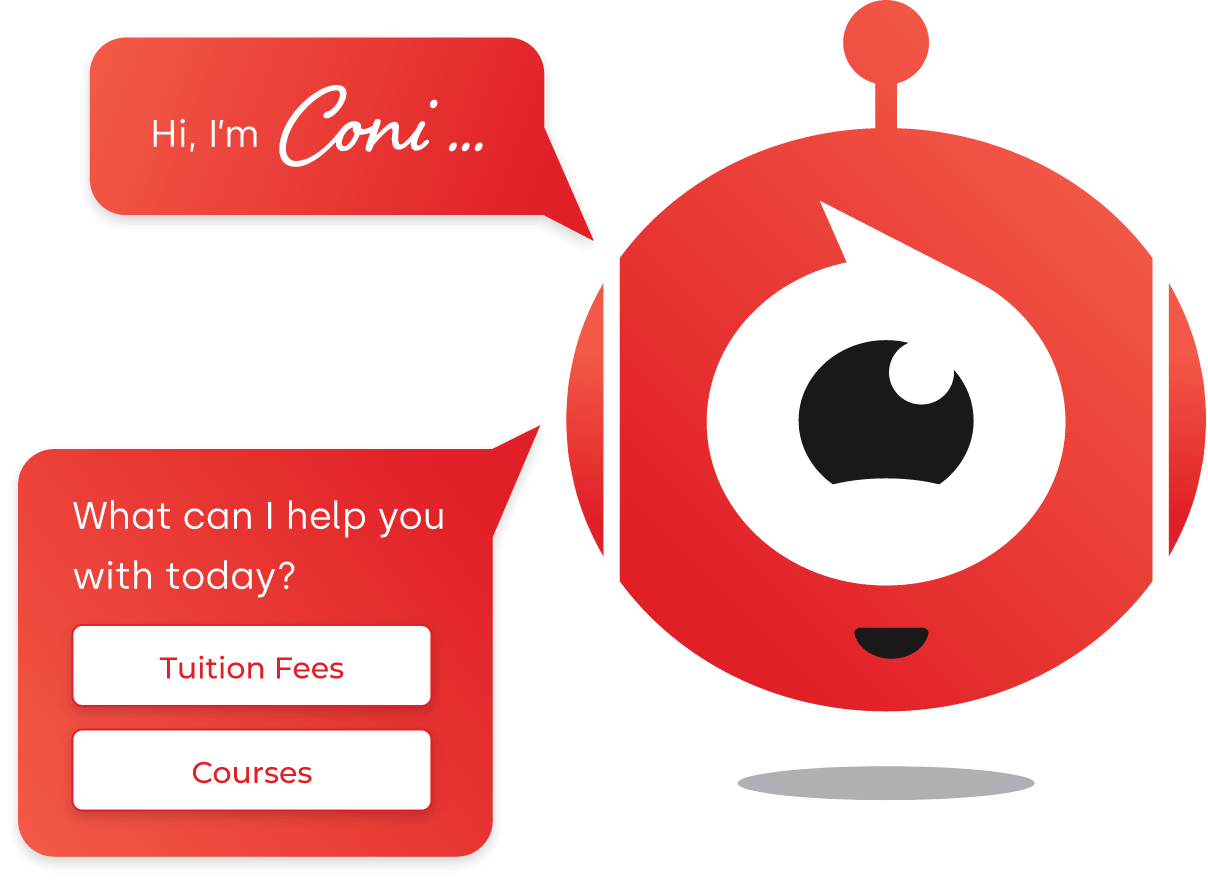
AI-Powered Chatbot (Arti)
Arti, on the other hand, leverages natural language processing (NLP) to understand and respond to user inputs in a more conversational manner. By utilizing advanced AI technologies, Arti can interpret questions posed in various ways and provide relevant answers, making interactions more fluid and human-like.

What is an AI-powered chatbot perfect for?
- Providing customer support - visitors and customers can reach out anytime, day or night, and the chatbot will deliver instant, accurate responses, providing the support they need without delay. This ensures seamless, engaging interactions that enhance customer satisfaction and encourage repeat visits.
- Handling product or service queries with nuance - it has the latest product details, from prices to stock availability. It knows your website inside and out, ready to guide visitors through your content.
- Interacting in a more human-like, conversational way - Arti does not just provide robotic answers; he creates dynamic, intelligent, and, importantly, personalised conversations. He understands context, responds naturally, and can be customised to reflect your brand's tone – whether you prefer a professional, friendly, or quirky voice.
What are the advantages of an AI-powered chatbot?
- Learns and improves over time - unlike traditional chatbots that rely on rigid scripts and offer limited interactions, Arti listens, learns, and adapts. Every conversation feels human, fluid, and tailored to the user's needs.
- Provides more engaging and natural interactions - You decide Arti’s persona, whether professional, technical, or fun and quirky. Arti will speak with a voice that reflects your brand.
- Reduces friction in customer journeys - For complex enquiries, Arti, the chatbot, can transition the conversation to your team, ensuring a smooth, human touch when needed.
In short, rule-based chatbots are ideal for structured processes. AI-powered is your go-to for scalable, intelligent conversations.
Real-world use cases for chatbot software
Chatbots have proven their value across various industries by automating tasks, improving customer service, and driving sales. If you’re still debating whether to build a chatbot, here are some real-world applications that show just how versatile they can be:
Lead Generation
Instead of waiting for users to fill out a contact form, chatbots proactively engage them. By asking qualifying questions in real-time, they capture warm leads and deliver them to your sales team instantly.
24/7 Customer Support
Chatbots never sleep. They can resolve common queries—order tracking, account details, return policies—without the need for human intervention, cutting down on support costs and wait times.
E-commerce Assistance
Chatbots guide users through the buying journey, offer product recommendations, and answer questions that might otherwise lead to cart abandonment.
Education and University Admissions
Institutions use bots to answer admissions questions, provide course information, and even support students during exams or registration.
Internal HR Helpdesks
Businesses deploy chatbots internally to answer employee questions about payroll, leave policies, and benefits—freeing HR teams to focus on strategic initiatives.
Healthcare Appointment Booking
Chatbots streamline scheduling, send reminders, and provide pre-consultation information—all while maintaining confidentiality through secure interfaces.
Step-by-step guide to building a rule-based chatbot
The Click4Assistance BotBuilder turns the usually complicated process of customising an AI chatbot into something simple and stress-free. Most brands can create compelling and helpful bots in just a few minutes, thanks to node-by-node intuitive decision trees and rule-based systems that define how your bot behaves and responds to inputs.
The central feature of the Click4Assistance BotBuilder is the flow diagram. This facility makes it easy to drag and drop each node (or conversation feature) and link them to others, depending on users’ responses.
Complete the following steps to create a chatbot from scratch using our tool:
- Create your free trial account. Start by creating an account with us if you haven’t already. Just add a few details, and you’re ready to go.
- Choose a template or start building from scratch. Click4Assistance’s BotBuilder is helpful because it offers multiple pre-made templates you can import and customise according to your needs. Alternatively, you can start building from scratch.
- Optimise your welcome message. Greeting customers with a friendly message and avatar helps them to feel more welcome. Positive first impressions are more likely to yield productive conversations.
- Add questions with options. Our chatbots help guide users to their desired endpoints and outcomes. Just define a node, provide answers, and then link each answer to a secondary node that branches off it.
- Collect important information. Gathering user information is critical because it lets human agents address them by name as soon as the bot transfers them. Depending on your business or industry vertical, you may also want to collect other contact details, such as their phone number.
- Escalate to the agent. The Click4Assistance BotBuilder lets you define when conversations should escalate to human agents. You can use the tool to specify the routing type, such as email or call.
- Specify email settings. After a conversation, you can specify whether you want the bot to email you the contents of the conversation.
- Assign your new bot. You can assign Click4Assistance bots to Pre-chat or Offline form mode. The tool shows you all the forms in a drop-down list. Select one that’s used on an experience, and the software will overwrite the HTML with the new bot you created.
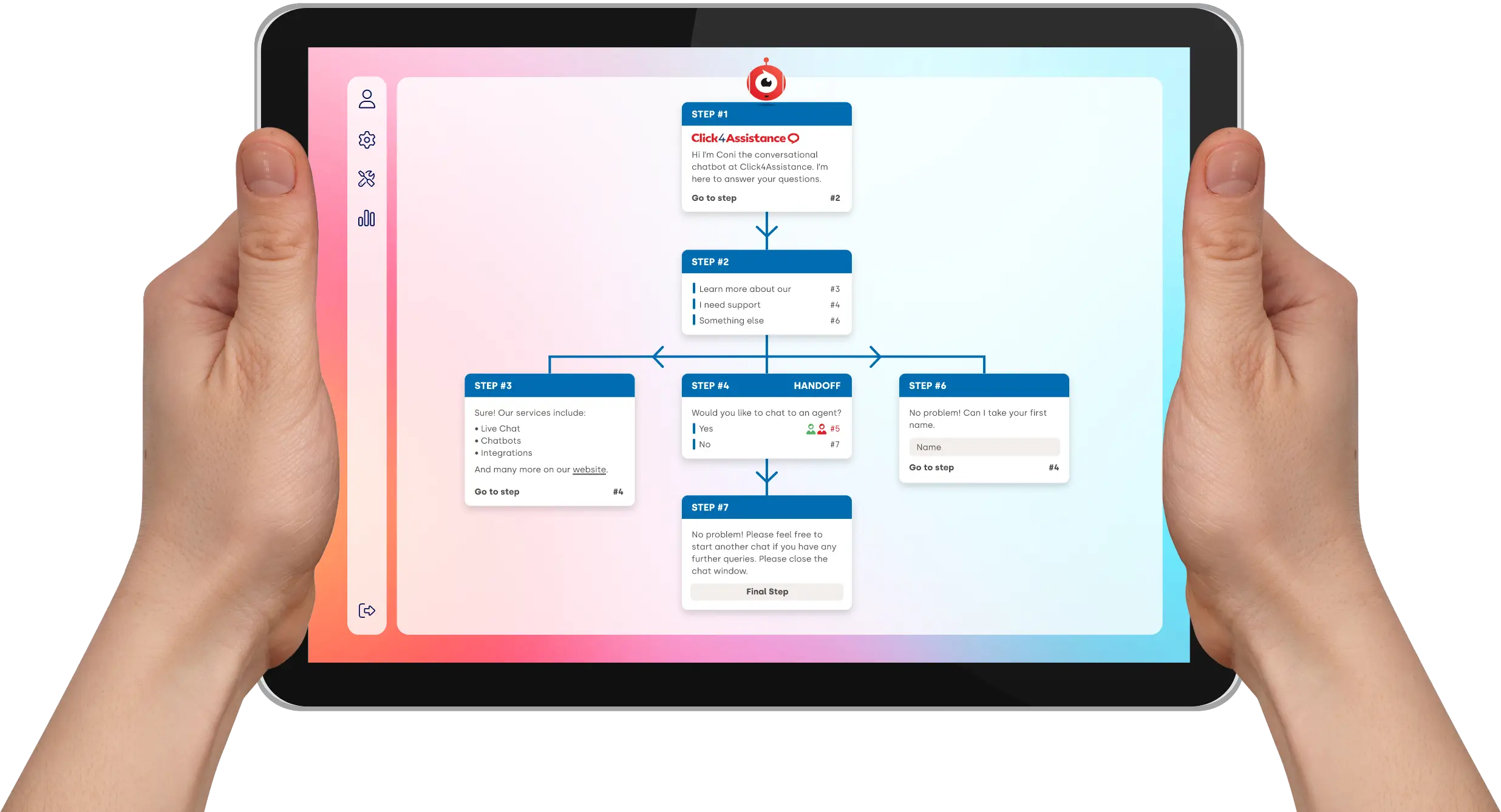
How to train a ChatGPT chatbot for your business
We offer several methods to train your Arti Chatbot so it can answer questions based on the information you provide. These currently include uploading documents, assigning webpages, entering individual statements or using an API for integration.
Whichever method you choose, the system will attempt to extract only the text from the file or webpage and split the content into smaller sized sections. Based on the question being asked, the relevant sections are then sent to ChatGPT allowing it to answer using natural language processing (NLP) within the context provided.
- Upload Excel Spreasheets - Useful for training Arti about price lists, stock lists etc.
- Upload PDFs/Word documents - Useful for training Arti about T&Cs, policies, manuals etc.
- Enter a webpage URL - Useful for training Arti about product specs, about us information, and FAQs.
- Query your real-time datasets - Stay accurate and up to date! Any changes within your existing systems are instantly reflected in the chatbot, ensuring Arti always provides relevant, real-time information.
- Automate routing tasks with ease - Arti takes efficiency to the next level by automating everyday tasks, streamlining operations, booking appointments, and boosting productivity all with minimal human intervention.
Platforms like Click4Assistance offer integration with AI technologies, allowing businesses to leverage advanced NLP capabilities for more dynamic interactions.
Key factors to consider while creating a chatbot
When building or training a chatbot, keep the following factors in mind:
- User Experience - Ensure the chatbot provides a seamless and intuitive experience for users.
- Integration - Choose a platform that integrates well with your existing systems, such as CRM tools and live chat software.
- Scalability - As your business grows, your chatbot should be able to handle increased traffic and more complex interactions.
- Security - Protect user data by implementing robust security measures and complying with relevant regulations.
- Analytics - Utilize analytics tools to monitor chatbot performance and gather insights for continuous improvement.
What does the future hold for customer service and chatbot technology?
The future of customer service is increasingly intertwined with chatbot technology. As AI continues to evolve, chatbots will become more intelligent, capable of handling a broader range of tasks and providing more personalized experiences. Businesses that embrace these advancements will be better positioned to meet customer expectations and stay ahead of the competition.
Emerging trends include:
- Voice-Activated Chatbots - Integrating voice recognition to allow users to interact with chatbots through speech.
- Multilingual Support - Enabling chatbots to communicate in multiple languages to serve a global audience.
- Emotion Recognition - Using AI to detect user emotions and tailor responses accordingly.
- Proactive Engagement - Chatbots initiating conversations based on user behaviour to offer assistance or promotions.
The most likely scenario is that AI chatbots and human customer service agents work together. The technological tool may handle most queries and tasks, but there’ll still need to be some human oversight. As with most new software that becomes available, it’s probably best to think of AI chatbots as tools that can help human customer service agents work more efficiently.
For the time being at least, AI chatbots should be thought of as entry-level employees who can handle everyday tasks, but who will need to escalate more complex tasks to experienced, human customer service agents.
Ready to Build a Chatbot?
Whether you're looking to automate lead capture, support customers at scale, or explore AI-driven interaction, now is the time to build a chatbot that aligns with your business goals. With options like CONI for structure and Arti or ChatGPT for conversation, there's a solution for every need and budget.
Building a chatbot isn’t just about keeping up with the competition—it’s about delivering better service, reducing costs, and being available to your customers whenever they need you.
Ready to get started? Click4Assistance offers an intuitive platform to help you build both rule-based and AI-powered chatbots quickly and effectively.
We understand that delving into all this information might leave you with some lingering questions. Feel free to reach out to our friendly and approachable support team. You can give us a call on 01268 280 826 or drop us an email at support@click4assistance.co.uk We’re always here to assist you!


